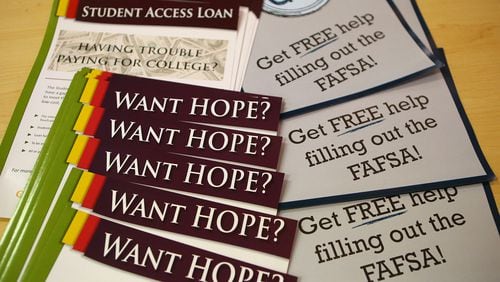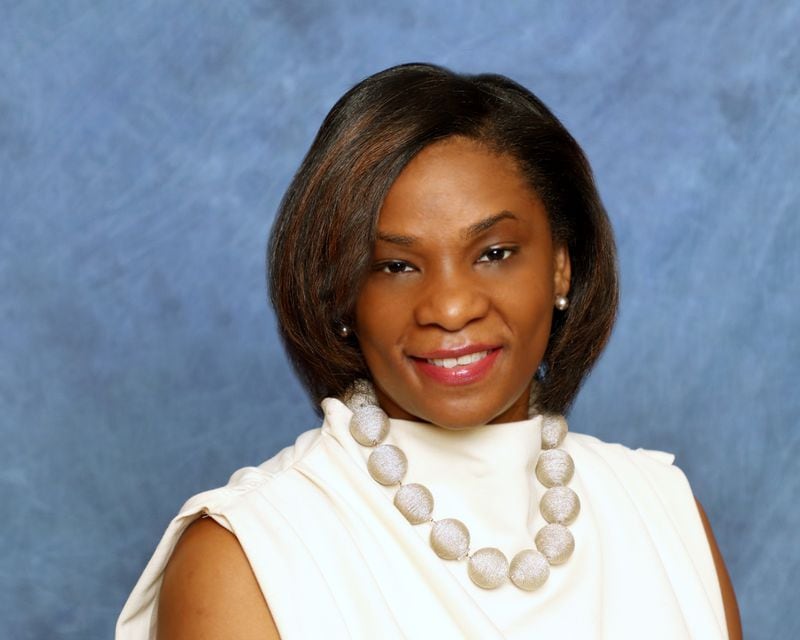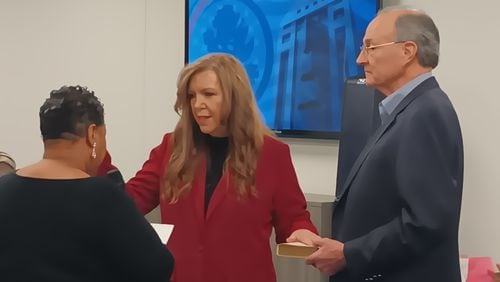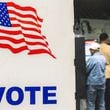As founder and executive director of the nonprofit Scholarship Academy, Jessica Johnson helps low-income families create four-year college funding strategies.
Johnson, who serves on the Georgia GEAR UP Leadership Team and the Atlanta Public School’s Equity Taskforce, began her organization to make the financial aid process less intimidating and help families understand the costs of college and how to access scholarship information. A Howard University graduate, Johnson herself was a recipient of more than $200,000 in scholarships.
By Jessica Johnson
Decision Day this year feels…uncertain for many families. As many college hopefuls eagerly accept the admissions to their top school choices, for some, the “decision” is far from the final say.
Once the excitement dies down, subsequent financial aid offers that fall short of a student’s financial needs are inevitable. With so much emphasis on President Joe Biden’s commitment to eliminating the $1.5 trillion national student loan debt crisis, the class of 2021 is left to grapple with the reality that although the pandemic drastically changed some aspects of the college admissions process (i.e., removal of SAT/ACT requirements), the financial aid process has remained relatively the same.
Last academic year, the U.S. Census Bureau reported that nationally 10 million students decided not to enroll in college. At campuses serving low-income communities, this translated into an 11% drop in enrollment, even as universities throughout the country are experiencing record application numbers. It would be hard to ignore the role that access to financial aid played in this decline.
Before the pandemic, the Georgia Budget & Policy Institute reported only 30% of low-income students in University System of Georgia institutions received the HOPE or Zell Miller scholarships. Local and statewide initiatives such as REACH Georgia, the state’s first need-based mentorship and college scholarship program, and the Achieve Atlanta Scholarship, a four-year need-based scholarship for Atlanta Public School students, are making great strides in tackling financial aid barriers for low-income students.
Still, state Pell Grant recipients – even with yearly loans of $5,500 -- will face an annual financial aid gap of roughly $7,198 per student, based on the total cost of college attendance, according to state data.
Earlier this month, the Georgia Board of Regents voted to freeze tuition costs at public campuses for the 2021-2022 school year. Since the average Georgia public college tuition is $10,308, this is a step in the right direction. But, considering that the FAFSA, Free Application for Federal Student Aid, submission rates for the Georgia high school graduating class of 2021 are teetering around 40%, it will inevitably be too little, too late for some low-income households.
With the shift to test-optional at many institutions, students who would have been blocked out of the admissions process at some of the more prestigious colleges saw opportunities to apply. This is evidenced by the record numbers of applicants; some colleges like MIT saw a 66% increase in applications for the 2021-2022 school year.
For many professionals working to improve college access, the pandemic taught us to “do financial aid differently.” I witnessed more intense one-on-one financial aid counseling, and schools and nonprofits leveraged technology to text/chat. They increased the number of touchpoints for their most vulnerable student populations in ways that moved past the traditional “FAFSA 101” nights where parents learned how to fill out forms.
This has proven it is possible to dig deeper with students and parents to make college funding a community affair. Opportunities abound to engage trained corporate volunteers and tap into free technology resources such as SwiftStudent, which helps students file financial aid appeals, so that more students can make educated decisions.
The students who will ultimately come out on top on “Decision Day” are those who have analyzed their financial aid packages and have a keen awareness of not just what it will cost for them get into college, but also have a game plan with their family to ensure that they are able to financially stay there.
It is time for the conversations about equity to include all parts of the college admissions process. This moment should provide college advisors with an opportunity to reimagine financial aid planning supports, to engage students in an earlier understanding of key financial aid terms and processes before they reach their senior year.
There is also a unique opportunity for local and state-based aid providers to make a judgement call about where their funds can have the greatest impact. On the state level, the argument for need-based aid for Georgia students is reaching its proverbial boiling point.
Locally, whether it is an increase in “last dollar” awards -- emergency scholarships or later-stage (June-August) awards designed to close the gaps in a student’s financial aid packages -- or an evaluation of selection criteria to include access for more vulnerable populations, it will take collective efforts from high school counselors, college financial aid administrators and the community at-large to ensure that this year’s class of graduating students are not left hanging in the balance.
What is truly at stake is further economic inequality. Without significant adjustments to our current financial aid infrastructure, it will be increasingly difficult to engage low-income students in the college admissions pipeline. And that, is the greatest injustice of all.








